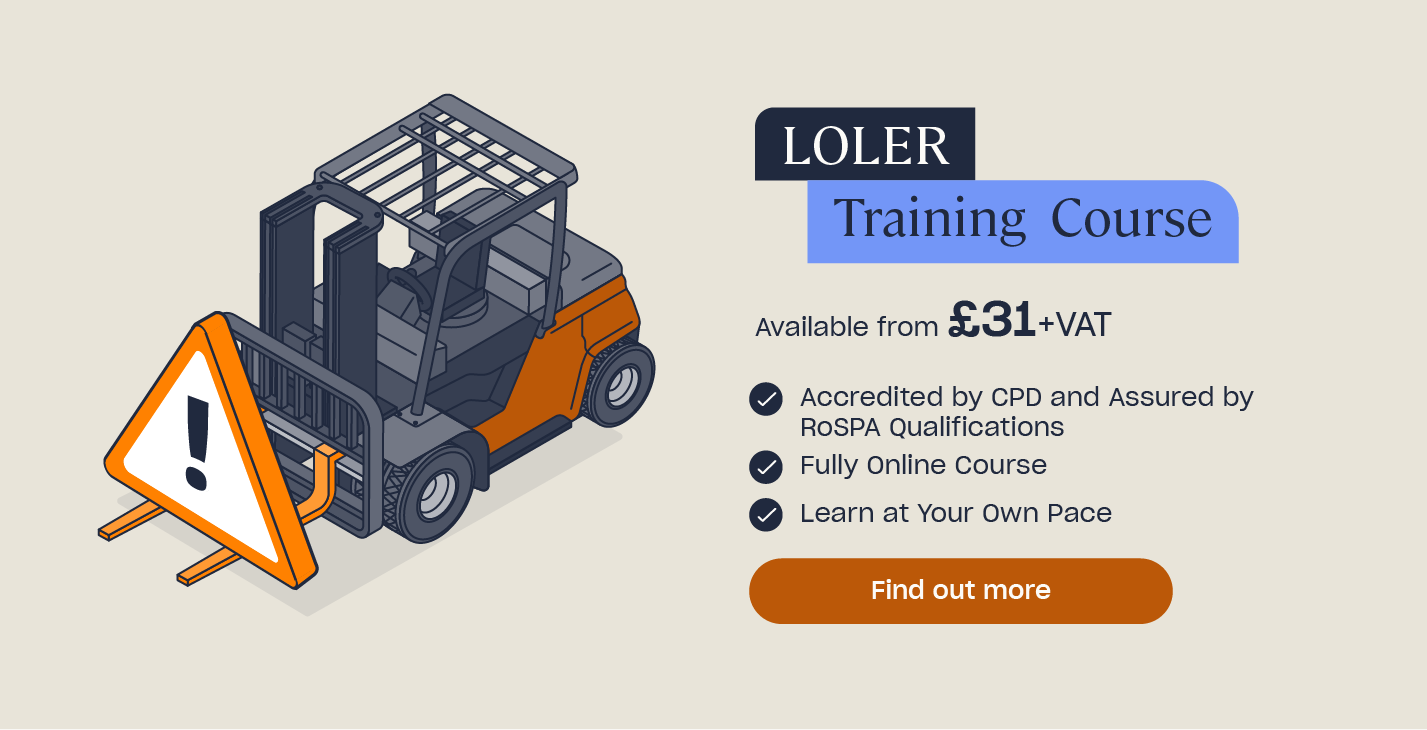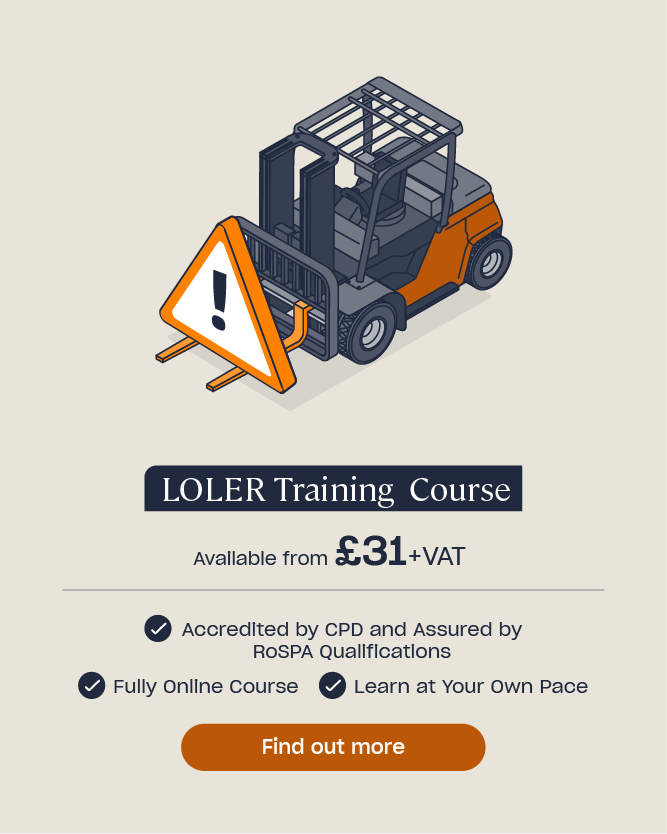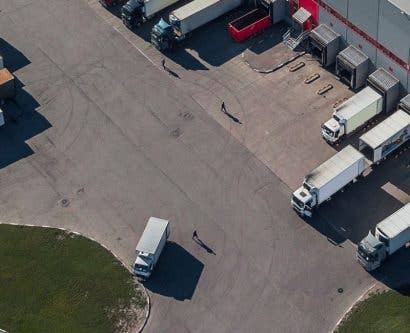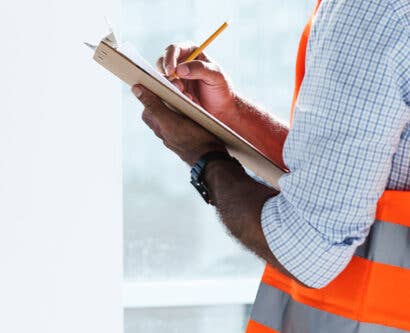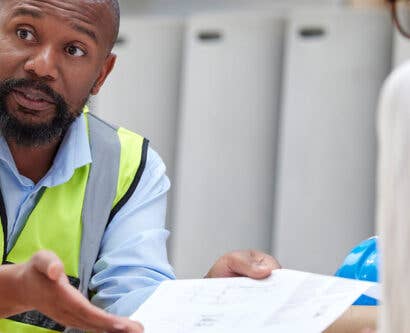Crane Safety Hazards and Control Measures
Between 1989 and 2009, there were 86 identified incidents involving the collapse or major structural failure of a tower crane. This highlights that, if you use cranes and other lifting equipment at work, being aware of the hazards and knowing what steps you can take to reduce your risk is crucial to ensuring your safety.
This article will detail the main crane-related hazards you might encounter at work and will provide you with some important safety tips to protect yourself from injury.
What are the Most Common Crane Hazards?
Working with cranes poses many hazards, and unsafe working practices can result in injuries, fatalities and costly damage to buildings and materials. Therefore, it’s important you’re aware of the main hazards and how you can avoid them.
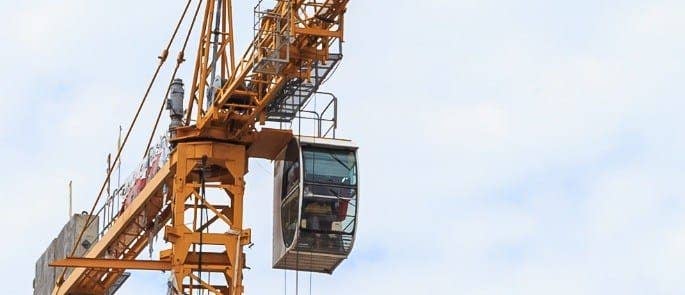
Some of the main crane-related hazards include:
Falling Loads
When working with overhead cranes, falling loads are one of the most common, and most dangerous, hazards. A falling load can result in several injuries, fatalities and significant structural damage to buildings and property. Additionally, it will also lead to significant time and money costs.
Falling loads from an overhead crane could be the result of:
- Operator incompetency. You must ensure your employees are adequately trained so they are able to carry out their roles competently and safely.
- Slipping. If you don’t secure loads properly it can result in slipping material.
- Mechanical failure. The risk of mechanical failure can be reduced if you ensure a competent person carries out routine inspections, maintenance and repairs at suitable intervals.
- Two blocking. Two blocking occurs when an uppermost hoist line component (i.e the load block, hook block, overhaul ball) touches the upper block, boom tip or similar component. When two blocking occurs, increased tension is placed on the line which can result in falling loads or crane components.
Electrical Hazards
Around 50% of accidents involving overhead cranes are a result of a metal part of a crane coming into contact with a power source (i.e a high-voltage power line). There’s a risk of a crane’s hoist line or boom touching energized power lines when moving materials nearby or underneath. While those directly touching the crane are the most likely to be electrocuted, any workers in the vicinity are also at risk. Therefore, one accident can result in multiple deaths and injuries. Around 200 fatalities per year are the result of contact with power lines, so it’s crucial that pre-job planning is carried out prior to starting work.
Crane Overload
The majority of crane structural failures and upsets are the result of somebody overloading a crane. If you exceed a crane’s operational capacity, you are likely to subject it to structural stresses and cause irreversible damage.
You could overload a crane if you:
- Swing or suddenly drop loads.
- Hoist loads beyond the cranes capacity.
- Use defective components.
- Drag loads.
- Side-load a boom.
Need a Course?
Our LOLER Training Course will help you understand the necessary actions that must be taken to meet regulation standards and prevent harm from befalling anyone who works with or near lifting operations and equipment.
Crane Safety Tips
When working with cranes, there will always be hazards. However, you can minimise the risks by ensuring you take appropriate precautions to undertake all operations safely.
To carry out your crane operations safely, you should:
- Appropriately train all employees. As an employer, you have a legal responsibility to provide appropriate health and safety training to all your employees so they’re competent at their jobs. By training your employees you’ll increase workplace safety, satisfaction and profits as you reduce injuries, fatalities, accidents and sickness absence.
- Ensure employees know they must not stand under loads and ensure operators never lift a load over an employee. You must never stand under a crane or have a load lifted over you. It’s crucial your employees are aware of this and avoid walking through any zones where cranes are overhead.
- Know, understand and comply with the Lifting Operations and Lifting Equipment Regulations 1998 (LOLER). To find out more about your legal responsibilities under LOLER, have a look at our LOLER FAQ Guide.
- Carry out routine maintenance and repairs of all on-site equipment at appropriate intervals. Part of your legal responsibility under LOLER involves carrying out routine, periodic maintenance and repairs to ensure your machinery is in safe working condition.
- Ensure a supervisor is present on site at all times when cranes are in operation.
- Make employees aware of, and strictly enforce, your load and lifting limits.
- Ensure clear warning signals are displayed on-site when needed. You must display the relevant hazard signs in all danger zones on-site to warn your employees of the potential hazards. You must also ensure all your employees know and understand all the warning signs so they are aware of when they are entering a danger zone.
- Select appropriate PPE for all employees. You must ensure your employees wear appropriate foot, head and eye protection, along with any other PPE you have identified in your risk assessment.
- Properly safety-plan all jobs before starting work. You must also decide who’s in charge of pre-job safety planning prior to any cranes arriving on-site.
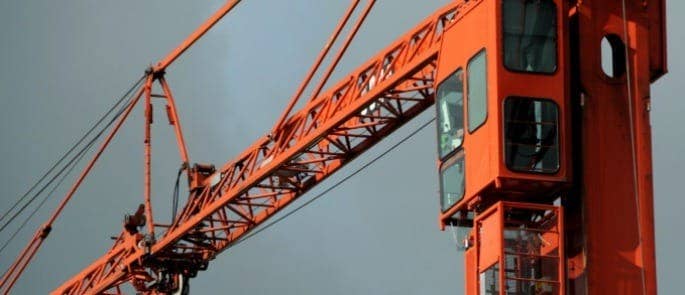
For more information about complying with LOLER regulations and carrying out your LOLER inspections, have a look at our LOLER Inspection Checklist article.
What to Read Next:
- What are the Consequences of Poor Health and Safety Procedures?
- PPE in Construction: Safety Guidance and Checklist
- Ten Construction Site Hazards
- Safety Harness Training


